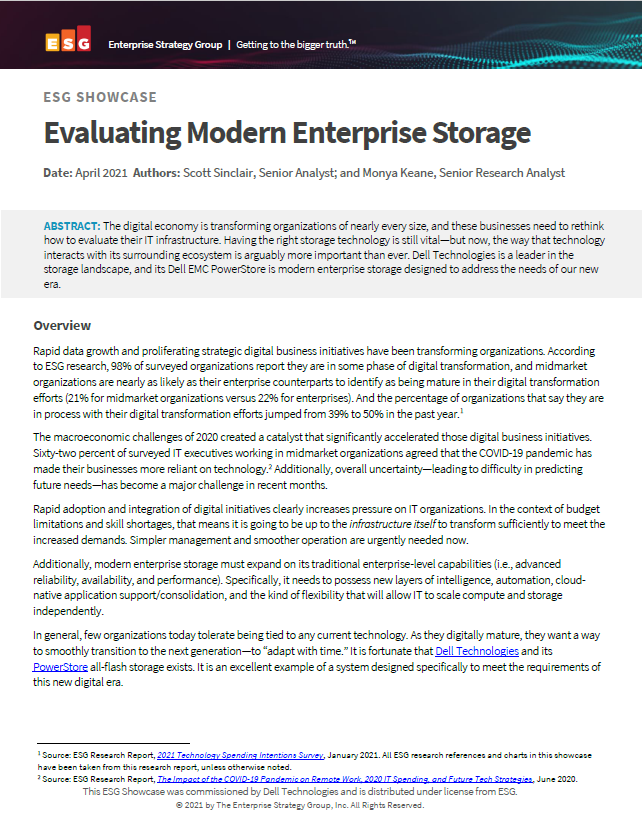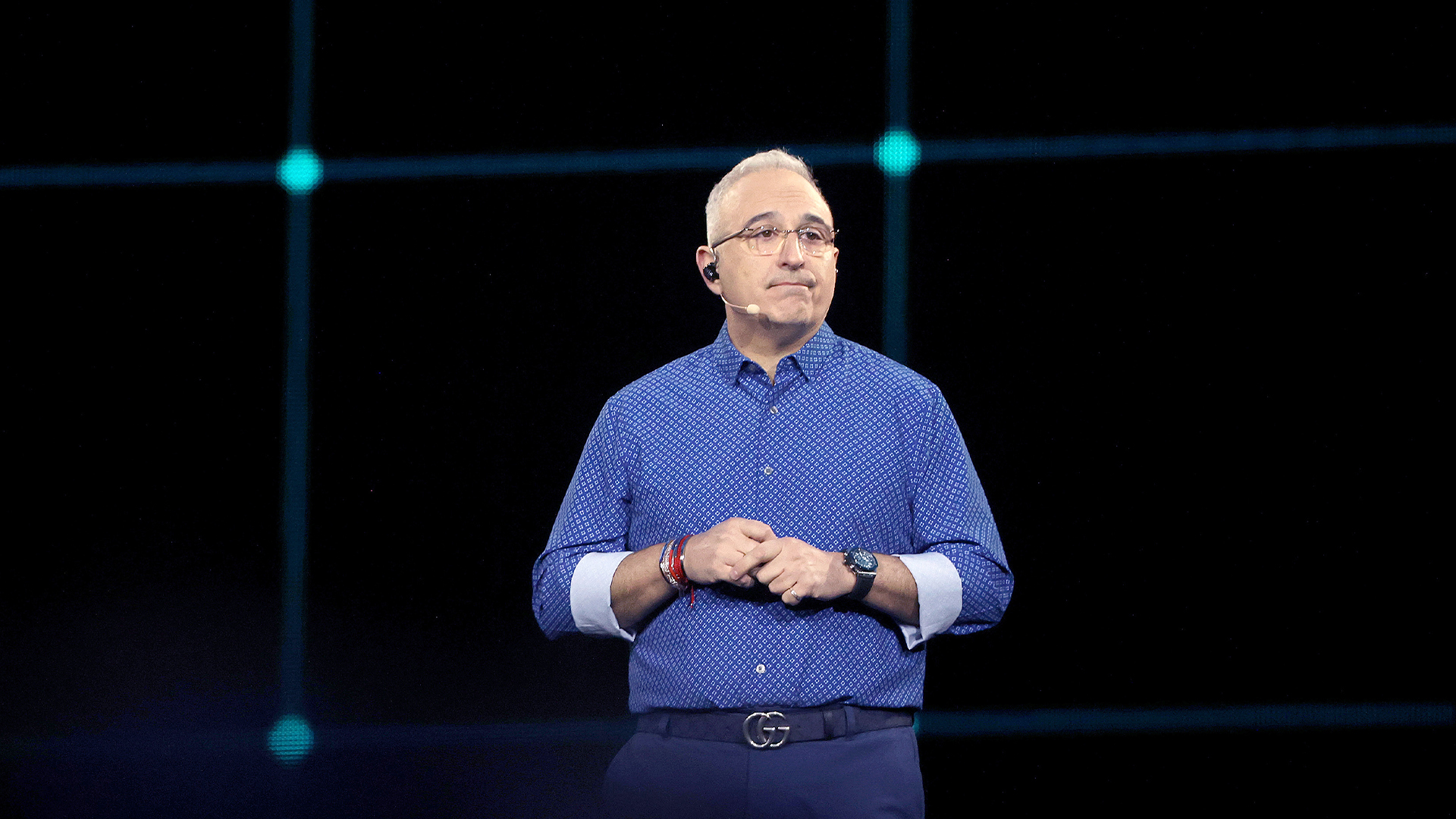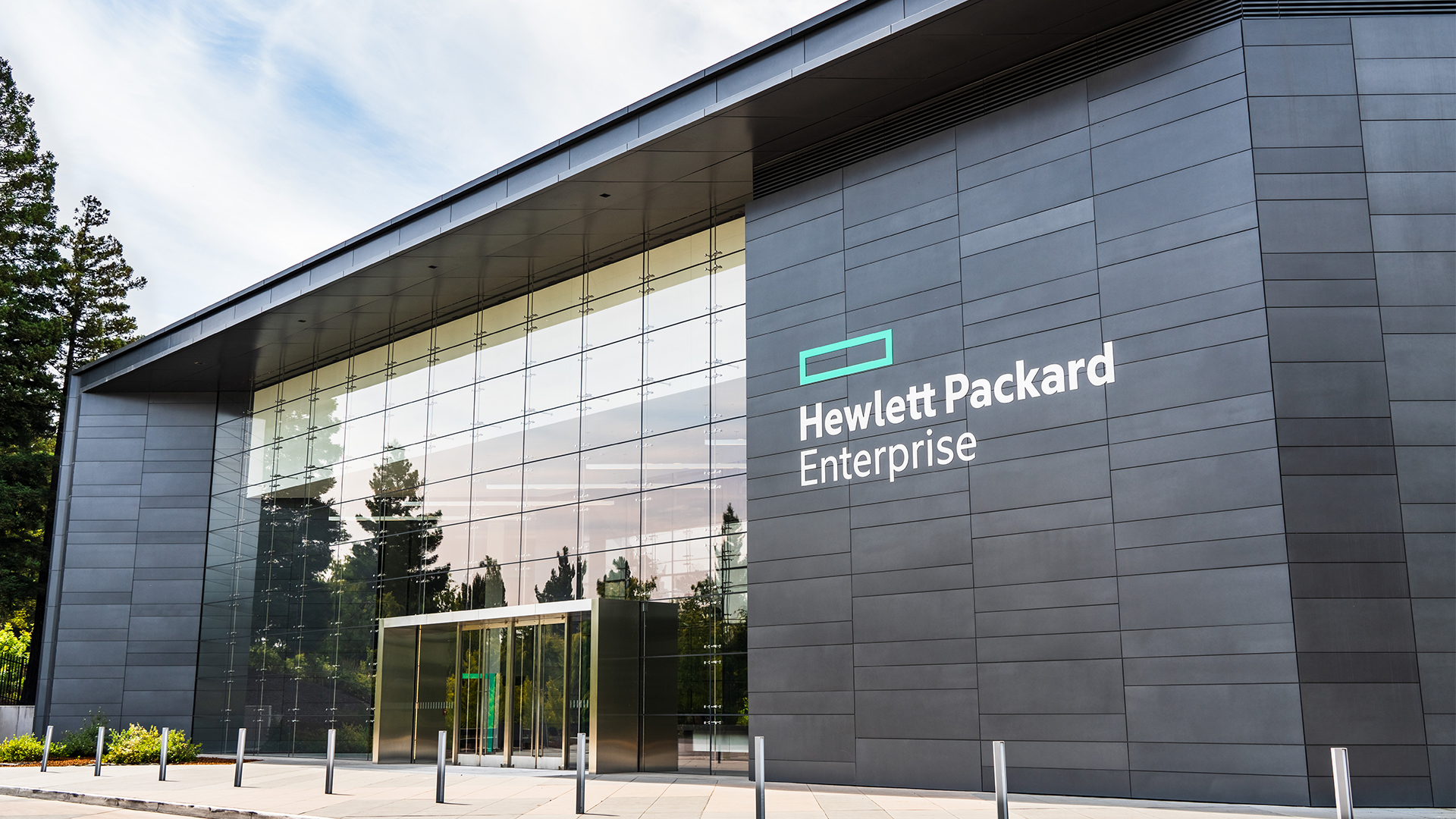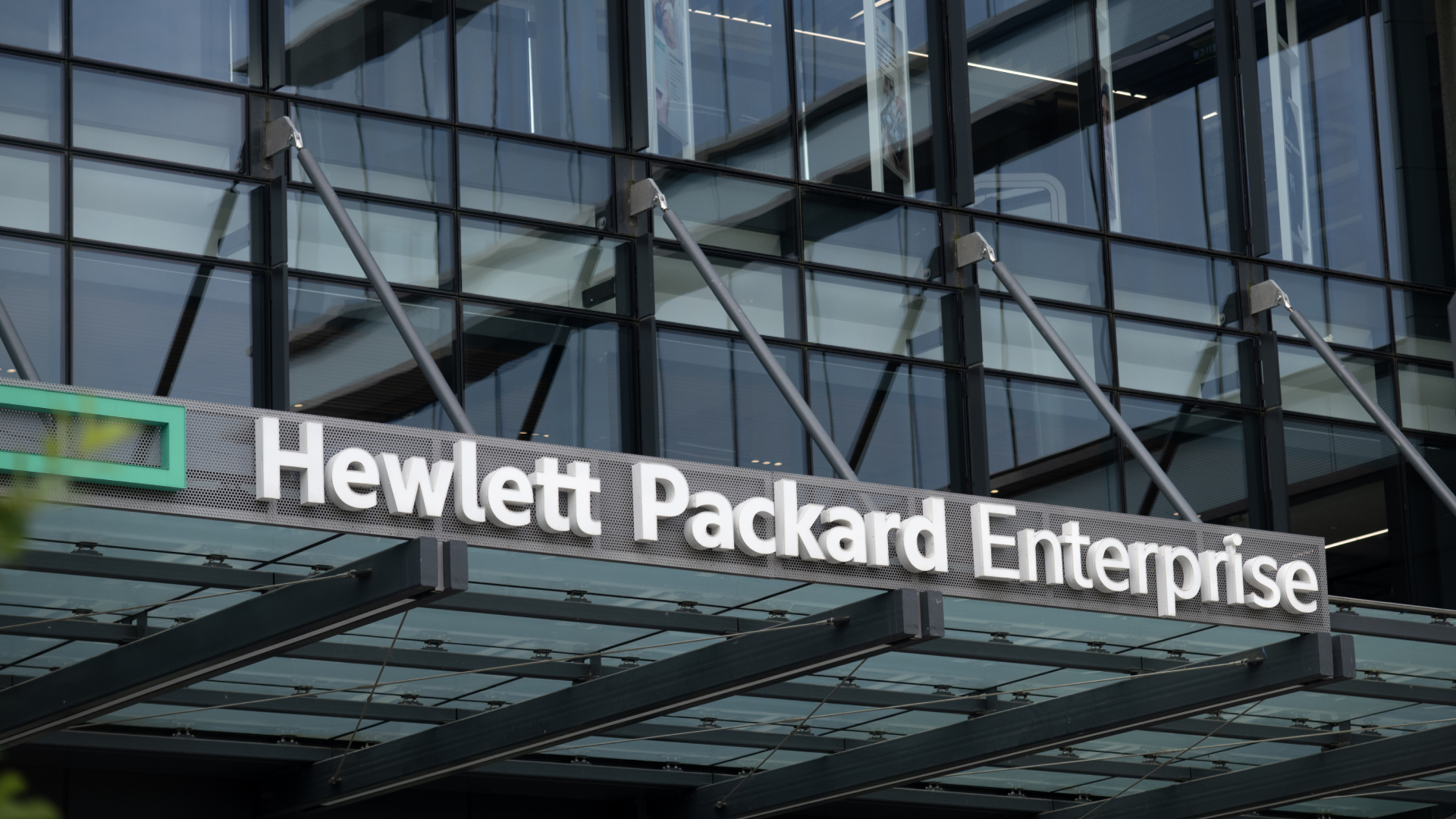Saudi Arabian university taps HPE to build region’s most powerful supercomputer
The supercomputer is set to advance insights in areas including clean combustion, Red Sea ecosystems, climate events, and the Arabian tectonic plate


Hewlett Packard Enterprise (HPE) has been chosen by the King Abdullah University of Science and Technology (KAUST) to build its next-generation supercomputer to deliver supercomputing and artificial intelligence capabilities for research in fields like food, water, energy, and the environment.
The supercomputer, Shaheen III, is set to be 20 times faster than KAUST’s existing system. It will also be the most powerful supercomputer in the Middle East to address critical areas that have a societal and environmental impact, said HPE. The company hopes it will help KAUST process vast amounts of data at immense speed and scale and help users make new discoveries.
Shaheen III will be built using the HPE Cray EX supercomputer which it hopes will allow the university to apply significant computational power towards modelling and simulating scientific problems faster with higher accuracy. It’s designed with 25 HPE Cray EX supercomputer cabinets. The system will be made up of HPE Slingshot networking cables to deliver Ethernet fabric and closed-loop liquid cooling technology to remove heat. Each cabinet will also have 4608 CPU compute nodes, with two AMD EPYC processors, making up 884,736 cores in the entire system.
Through the design of the Shaheen III, HPE aims to help KAUST’s AI-at-scale mission by integrating the HPE Machine Learning Development Environment, an optimised software stack for model training and development. By combining the machine learning software platform with key supercomputing technologies, it hopes that KAUST’s users will be able to easily develop and train AI models faster, and bigger, for increased accuracy.
“The new HPE Cray EX system will allow us to conduct research on a larger scale, resulting in significant scientific, economic and social advances,” said Tony F. Chan, president of KAUST. “In line with Vision 2030, we strive to meet the ever-increasing demands of our active and solutions-driven faculty, and also those of external partners, for faster and more efficient computing resources. KAUST supercomputing resources are used by more than half of our faculty, students, postdoctoral students and researchers, and researchers from more than 20 external organisations in the kingdom.”
The supercomputer is expected to be fully operational in 2023 and will process data sets in areas like clean combustion, Red Sea ecosystems, climate modelling and the Arabian tectonic plate while delivering analyses, models and simulations at a superior level of resolution. It will also be used for the design of new materials for solar photovoltaics, personalised preventative healthcare, the discovery of new medicines, and increased hydrocarbon recovery.
RELATED RESOURCE

Evaluating modern enterprise storage
Dell EMC PowerStore is modern enterprise storage designed to address the needs of our new era
The Shaheen III, equipped with over 2,800 Nvidia Grace Hopper superchips, is set to be used to develop novel and scalable techniques in core AI fields like deep learning, reinforcement learning, visual computing, and natural language processing. It’s also hoped to deploy AI in science and engineering applications, like computational chemistry, biology and material science, which previously were unfeasible given the large-scale nature of data sets produced and used at KAUST. The supercomputer is expected to deliver 100 petaflop/s of performance and outstanding AI modelling capabilities.
Get the ITPro daily newsletter
Sign up today and you will receive a free copy of our Future Focus 2025 report - the leading guidance on AI, cybersecurity and other IT challenges as per 700+ senior executives
The Shaheen III is building on the experience of its predecessors, the Shaheen I which was launched in 2009 and the Shaheen II, a Cray-based supercomputer 25 times faster than its predecessor at 5.54 petaflop/s.
“Shaheen II has delivered 6.8 billion computing core hours to more than 1,467 users, resulting in data used in about 1,030 publications to date,” said KAUST Research Computing Core Labs director Dr. Jysoo Lee. “Shaheen III will ensure that the KAUST community will maintain its edge as a world-class university in computational sciences.”
Zach Marzouk is a former ITPro, CloudPro, and ChannelPro staff writer, covering topics like security, privacy, worker rights, and startups, primarily in the Asia Pacific and the US regions. Zach joined ITPro in 2017 where he was introduced to the world of B2B technology as a junior staff writer, before he returned to Argentina in 2018, working in communications and as a copywriter. In 2021, he made his way back to ITPro as a staff writer during the pandemic, before joining the world of freelance in 2022.
-
 Asus ZenScreen Fold OLED MQ17QH review
Asus ZenScreen Fold OLED MQ17QH reviewReviews A stunning foldable 17.3in OLED display – but it's too expensive to be anything more than a thrilling tech demo
By Sasha Muller
-
 How the UK MoJ achieved secure networks for prisons and offices with Palo Alto Networks
How the UK MoJ achieved secure networks for prisons and offices with Palo Alto NetworksCase study Adopting zero trust is a necessity when your own users are trying to launch cyber attacks
By Rory Bathgate
-
 What HPE's results say about the direction of enterprise AI
What HPE's results say about the direction of enterprise AIAnalysis As with cloud computing, some companies value privacy over capacity
By Jane McCallion
-
 Gaining timely insights with AI inferencing at the edge
Gaining timely insights with AI inferencing at the edgeWhitepaper Business differentiation in an AI-everywhere era
By ITPro
-
 Digital strategies in the era of AI
Digital strategies in the era of AIWhitepaper Businesses are on the cusp of a major paradigm shift
By ITPro
-
 HPE’s AI and supercomputing journey continues with new Cray and Slingshot hardware
HPE’s AI and supercomputing journey continues with new Cray and Slingshot hardwareNews The company is also wooing MSPs and enterprises looking to roll out AI on-premises
By Jane McCallion
-
 Scaling AI from pilot to production: Maximize AI impact with HPE & Intel
Scaling AI from pilot to production: Maximize AI impact with HPE & IntelWhitepaper Transform AI proof-of-concepts into full-scale implementations
By ITPro
-
 HPE’s ‘one-click AI solution’ for private cloud cuts project times from months to a ‘single moment’
HPE’s ‘one-click AI solution’ for private cloud cuts project times from months to a ‘single moment’News The new tools allow generative AI virtual assistants to be launched in seconds, using private data
By Emma Woollacott
-
 DE: The Gorilla Guide® to... Creating business value with generative AI
DE: The Gorilla Guide® to... Creating business value with generative AIWhitepaper Key considerations when advancing GenAI in your business
By ITPro
-
 FR: The Gorilla Guide® to... Creating business value with generative AI
FR: The Gorilla Guide® to... Creating business value with generative AIWhitepaper Key considerations when advancing GenAI in your business
By ITPro